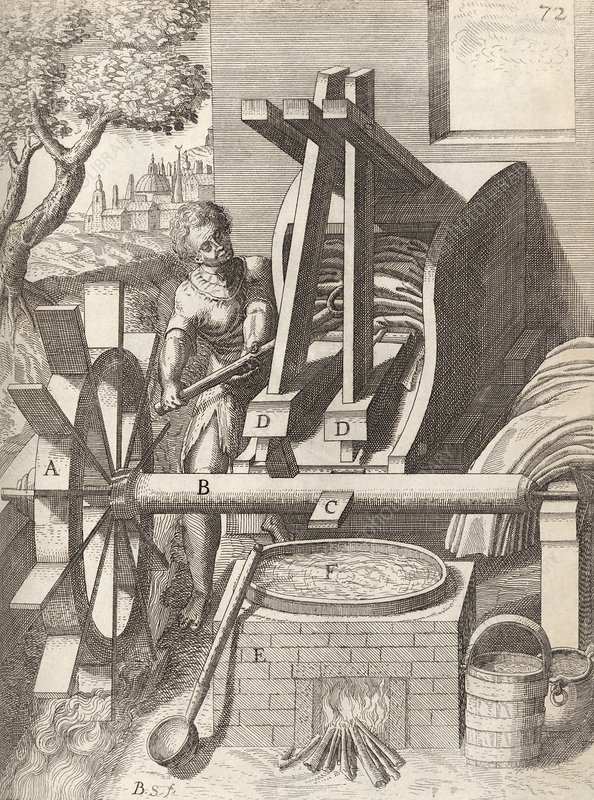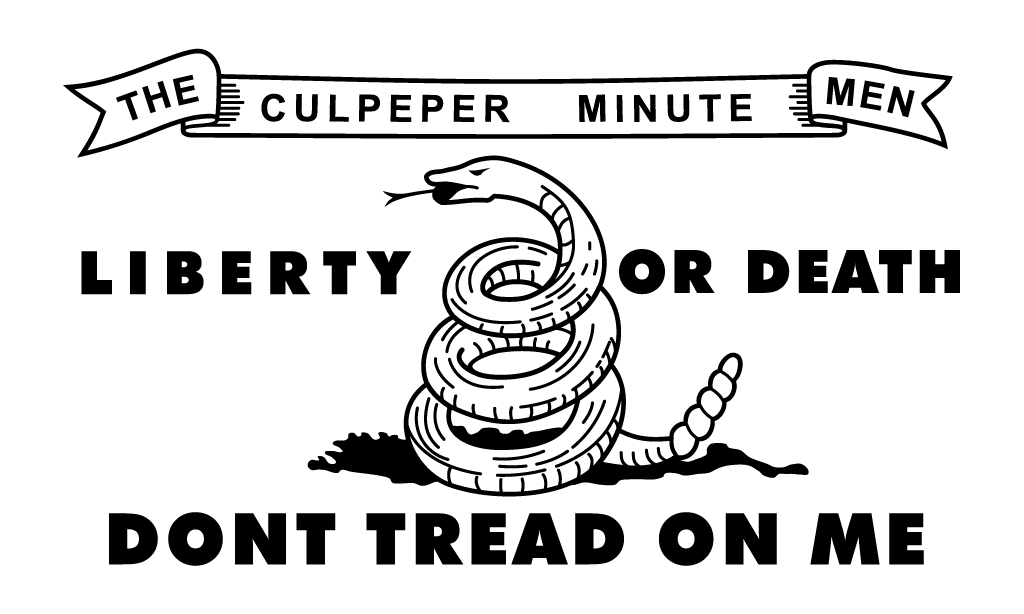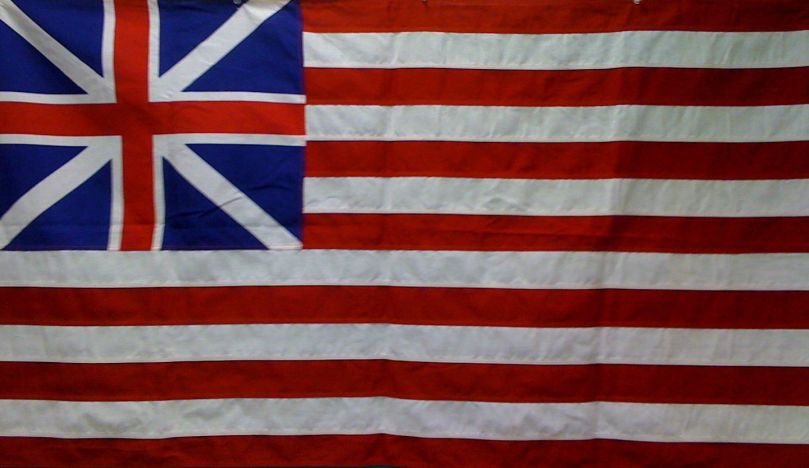Alright, listen up folks! I’ve been going on this wild ride delving into the world of artificial intelligence (AI) and its super cool applications in genealogy. You won’t believe the research frenzy I’ve been on, trying to uncover all the latest AI advancements for genealogical research. Guess what? Even WordPress, has hopped on the AI train, letting me whip up this awesome message. Can you wrap your head around that? It’s a game-changer, making me realize I need to step up my AI game too. So, let’s gear up and embrace the AI revolution, folks! It’s time to ride that futuristic wave!
Looking at this subject, I’ve seen lots of folks digging into it, researching and using it for genealogy research. It’s still in its early days, so there are some kinks to work out. But hey, AI is advancing every single day! In the genealogy world, it’s used as a handy tool or assistant for genealogists. Cool stuff!
Today I found this cool genealogy site called MORI, which uses AI to power its features. It’s still in its Beta stage, but you can already join for free! Later on, they might introduce paid subscriptions with even more AI features and DNA testing. Can’t wait to dive in and explore my family history with MORI.
Some cool stuff you’ll find there includes voice and document transcription, translation of documents, and photo enhancement. But hey, keep in mind that you still gotta double-check the AI’s output for accuracy. These features can truly save you loads of time and spare your poor eyes from straining to decode messy documents or translate foreign language texts.
One thing MORI is trying to do is to bring together family members and those who are interested in expanding the Ballard family tree. I know there are many people out there who are researching this branch of the Ballard family, and it would be great if everyone could join forces and contribute their knowledge. Instead of struggling on our own to research and document this family, we could benefit from collaborating and sharing insights. So let’s come together and make our family tree even more awesome! If you still want to fly solo that’s okay too.
If you’d like to check out the site here is the link: https://www.mori.co/




You must be logged in to post a comment.